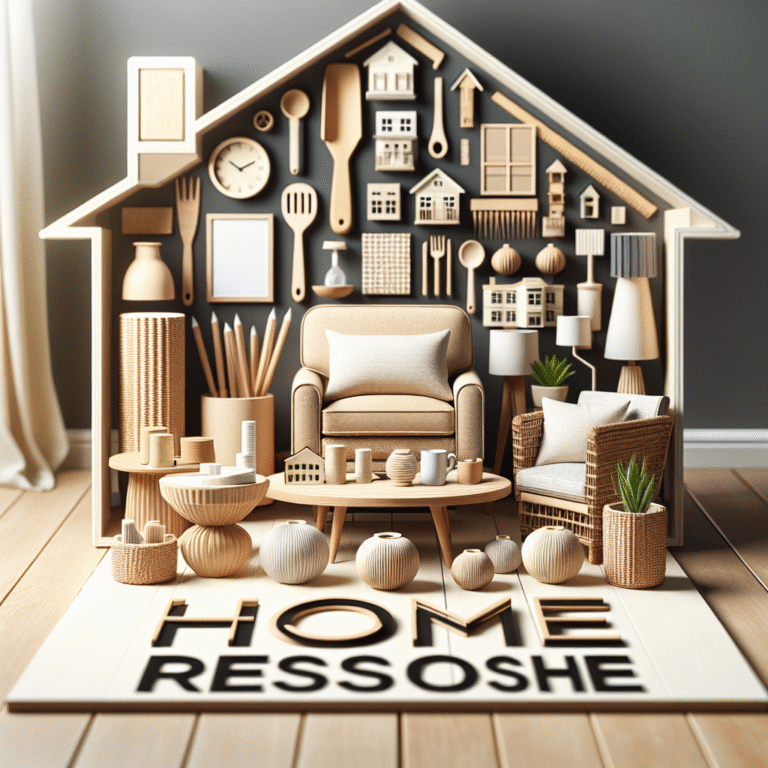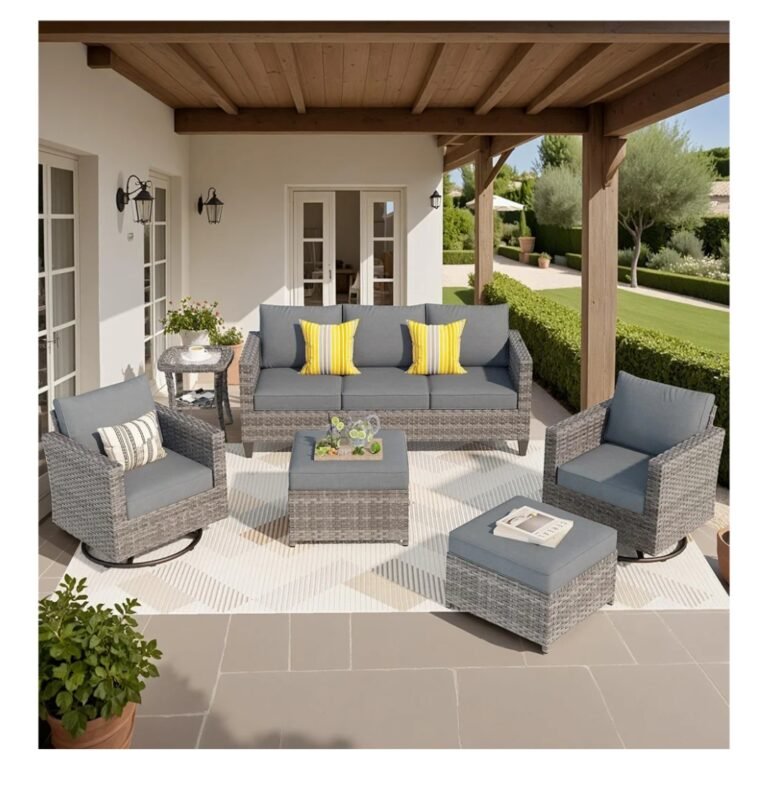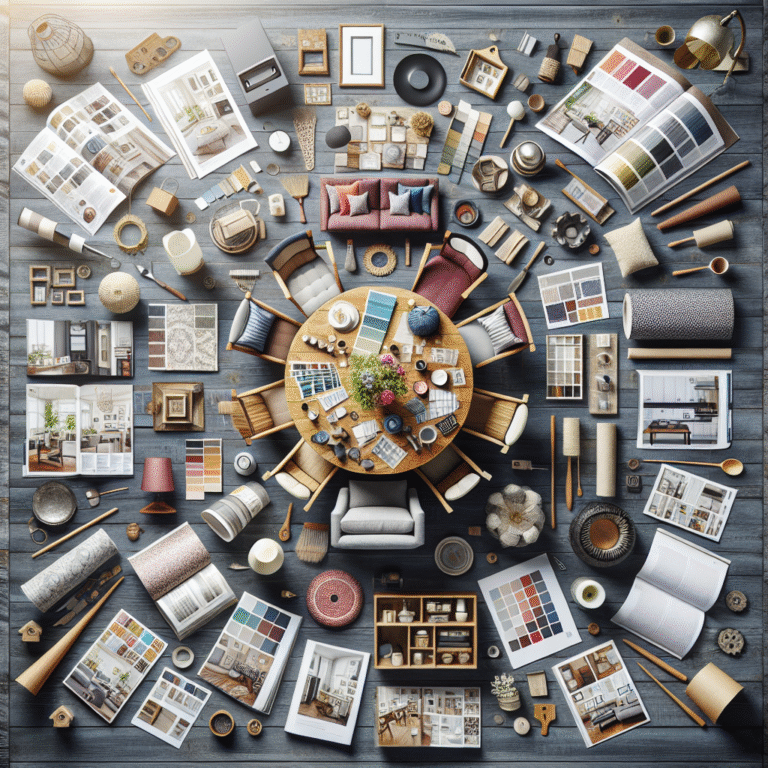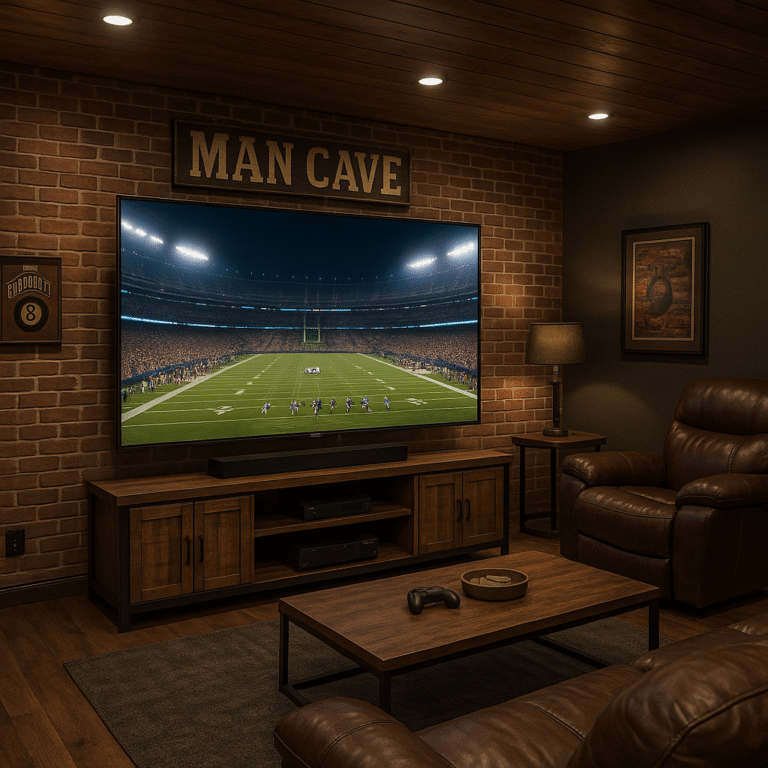Artistic Home Accent Creations

Artistic Home Accent Creations. Many simple projects can turn ordinary spaces into striking focal points; in this friendly guide you’ll find step-by-step ideas, material tips, and styling advice to make accents that suit your taste and budget. You’ll learn how to personalize throw pillows, wall art, shelves, and tabletop arrangements so your home feels uniquely yours.
Transform Your Space: The Power of Home Accents
Swap throw pillows, switch a brass lamp, or layer a patterned rug to shift mood and cohesion quickly; aim for groups of three accents for balance and rotate seasonal colors every 3–4 months. Add a 3–4 foot plant for vertical interest or a sculptural bowl on the coffee table to anchor the vignette. You can refresh a living room in under an hour and often for under $100, showing how accents deliver big impact on a small budget.
Elevating Ambiance: Color and Texture Dynamics
Pair warm whites around 2700K for evening warmth with cooler daylight during the day, and introduce 2–3 complementary textures—velvet, woven jute, matte ceramic—to add tactile depth. Use the 60/30/10 color rule (dominant/secondary/accent) to build palettes, and test 12″x12″ swatches under your actual lighting before committing to fabrics or paint.
The Role of Proportions and Scale in Artistry
Aim for artwork widths that span about 60–75% of the sofa length and hang pieces so the center sits roughly 57–60 inches from the floor; those proportions let your eye settle. Combine one large anchor piece, say a 48″x36″ canvas, with smaller works arranged in odd-number groupings to create rhythm and avoid visual clutter.
For a concrete approach, measure your seating: an 84″ sofa pairs well with art 50–63″ wide (60–75% rule) and leave 6–12″ between the sofa top and the frame’s bottom. With 9–10 foot ceilings, set art center at 60–63″—for ceilings above 10 feet scale up the piece or choose vertical formats to emphasize height. Gallery walls work best with 2–4″ between frames for a tight grid or 6–8″ for an airy layout, and keep at least 3–5″ of negative space around the entire composition so each accent can breathe.
Personal Touches: Artistic Home Accent Creations
Layer texture and scale by mixing a 12″x12″ woven pillow, a 10″ ceramic vase, and a 16″ round mirror to create a cohesive vignette; you can swap brass knobs, paint cabinet faces, or add a gallery cluster of 3–9 frames to shift mood instantly. Try an upcycled wooden tray finished with gold leaf corners for a subtle luxe touch—these 1–3 hour updates often cost $10–$60 yet transform how your room reads.
DIY Projects for Every Skill Level: Artistic Home Accent Creations
Start with beginner-friendly projects like stenciled trays or painted glass vases (30–60 minutes, $5–$20). Move to intermediate builds—floating shelves from a 1×8 pine board (2–3 hours, $20–$40) or a macramé plant hanger (2–4 hours). Tackle advanced work such as an epoxy-resin river tabletop (multi-day cure, $100+), but plan tool needs—drill, orbital sander, clamps—and a simple parts list before you begin.
Sourcing Materials Creatively: From Upcycling to Art Stores
Scout thrift stores, flea markets, and salvage yards for hardware and textiles—vintage doorknobs often run $3–$10, while pallet or reclaimed wood can be free to $15. Supplement finds with art-store staples: Blick or Michaels carry pigments, canvases, and mold silicone; use online marketplaces like Etsy or local Buy Nothing groups for near-free treasures that add authentic character to your builds.
Check municipal recycling centers for clean glass jars and bottles, and join community swap groups to snag furniture pieces you can refinish. Watch seasonal sales—craft stores frequently offer 40%–60% coupons—and inspect reclaimed wood for rot or lead paint before sanding. For resin projects, plan quantities: a 12″x12″ tray typically needs ~24 oz total (2:1 mix examples vary), and always use nitrile gloves and a respirator rated for organic vapors.
Blending Styles: Harmony in Home Design
Use the 60-30-10 rule—60% dominant backdrop, 30% secondary furnishings, 10% accents—to merge styles without chaos; for example, pair a mid-century sofa (30% of visual weight) with modern metal lighting and a vintage rug as the 10% statement. Match one material across eras—brass, oak, or black steel—to create continuity, limit your palette to three colors, and keep scale consistent so a 1960s lounge chair doesn’t look dwarfed by a contemporary sectional.
Mixing Modern and Vintage: Finding the Perfect Balance
Anchor the room with one era: choose a modern sofa as your canvas and add one or two vintage focal pieces—an antique sideboard or a restored credenza—so you avoid visual competition. Restore vintage hardware or reupholster with contemporary fabrics to bridge eras, and stick to a rule of thumb: no more than 2 statement antiques per room to maintain cohesion and comfort.
Cultural Influences: Artistic Home Accent Creations
Introduce global elements through textiles, ceramics, or tile—Moroccan zellige backsplashes, Turkish kilims, or hand-blocked Indian throws work as bold anchors while a neutral backdrop keeps the look intentional. Source ethically from artisan cooperatives or vetted shops, and repeat one motif or color from a cultural piece elsewhere in the room to tie the look together.
Dive deeper by grouping 3–4 global objects into a curated vignette—stack a West African indigo cloth over a simple oak ladder, add a brass Yoruba bowl, and hang a small Japanese woodblock print above; the repetition of indigo and brass links disparate origins. Balance authenticity with respect: list provenance, avoid sacred symbols as mere decor, and consider budget ranges—handwoven textiles often run $50–$400, vintage tiles $30–$150 per square foot, while commissioned artisan pieces typically start at $200—so prioritize one investment piece per room and complement it with affordable, ethically sourced accents.
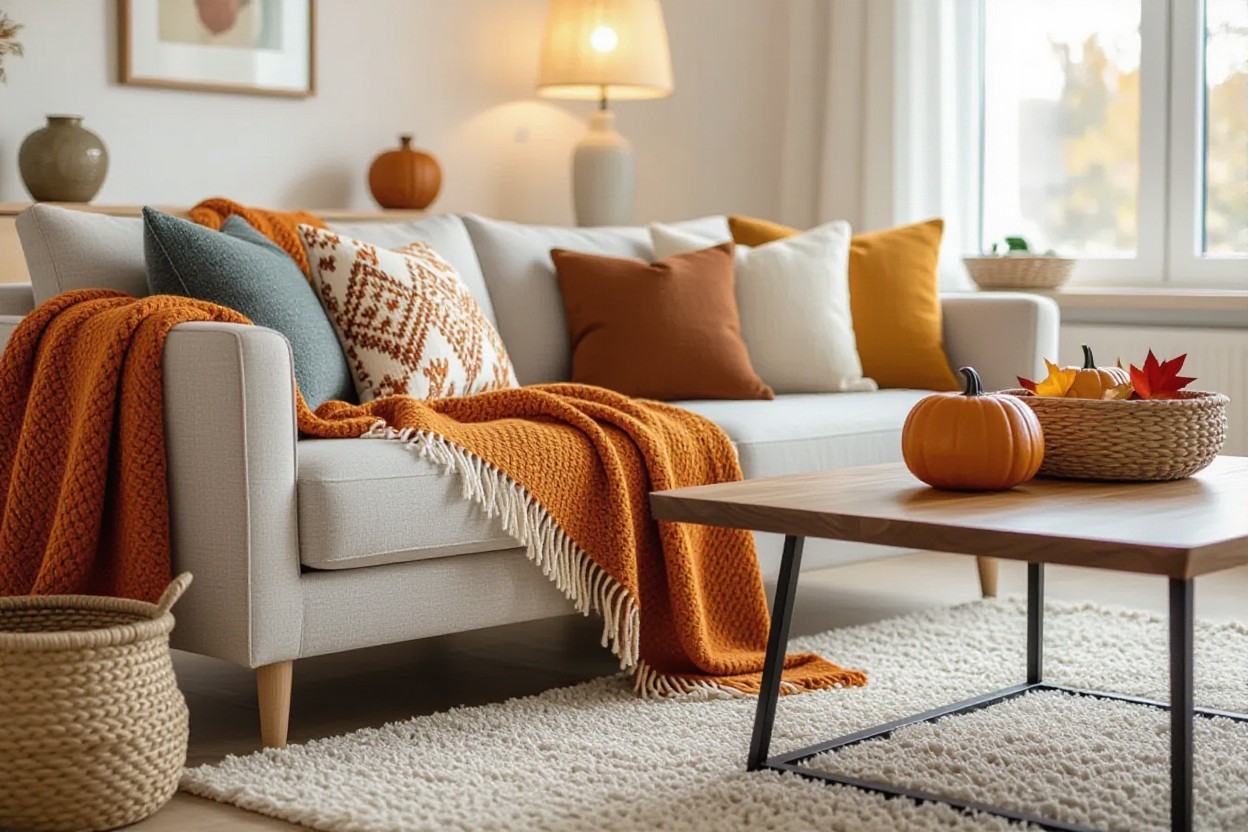
Seasonal Shifts: Adapting Accents to Celebrate Change
Rotate accents with intent: swap heavy textures for breezier fabrics, trade cool-toned art for warmer pieces, and change greenery to reflect each season. Aim to rotate 3–4 focal items per room—pillows, a rug, a lamp, and one table accent—to keep balance without overhauling everything. Use labeled bins and vacuum bags for storage, and plan a 30–60 minute seasonal refresh that lets you layer new color palettes while keeping familiar anchors.
Warm Colors for Cozy Winters: Ideas for Holiday Decor
Lean into deep crimsons, rust oranges, forest greens and antique golds to create hygge-ready vignettes: swap linen pillows for velvet, add a faux-fur throw, and cluster brass candleholders with pillar candles on a tray. Hang a small wreath by the bedroom door, place evergreen sprigs in glass bottles, and string 100–200 warm LED lights along a mantel or banister for instant glow. Small changes, like switching curtains to a heavier fabric, boost warmth and texture.
Fresh Vibes for Spring and Summer: Bringing the Outdoors In
Introduce breathable materials—rattan chairs, cotton throw covers, and jute rugs—and refresh color with citrus accents, botanical prints, and pops of aqua or coral. Place 3–5 houseplants per room for a layered, natural feel and swap heavy drapes for sheer panels to increase daylight. Swap a wool rug for a flatweave or braided jute and rotate in ceramic or terracotta planters to tie the season together.
Choose easy-care plants that thrive indoors: pothos, snake plant, spider plant and ZZ plant require minimal watering and bring immediate visual interest. Group plants in odd numbers and vary heights using stands or stacked books—this follows the 3:5:7 visual rule many designers use for balance. For a low-cost refresh under $150, pair a medium jute rug (~$30), two small potted plants (~$15 each), a botanical cushion (~$25) and a woven pendant or table lamp (~$50). Swap heavy window treatments for 1–2 sheer panels to increase light and finish with a weekly bouquet or single-stem vase to keep the space feeling seasonal and alive.
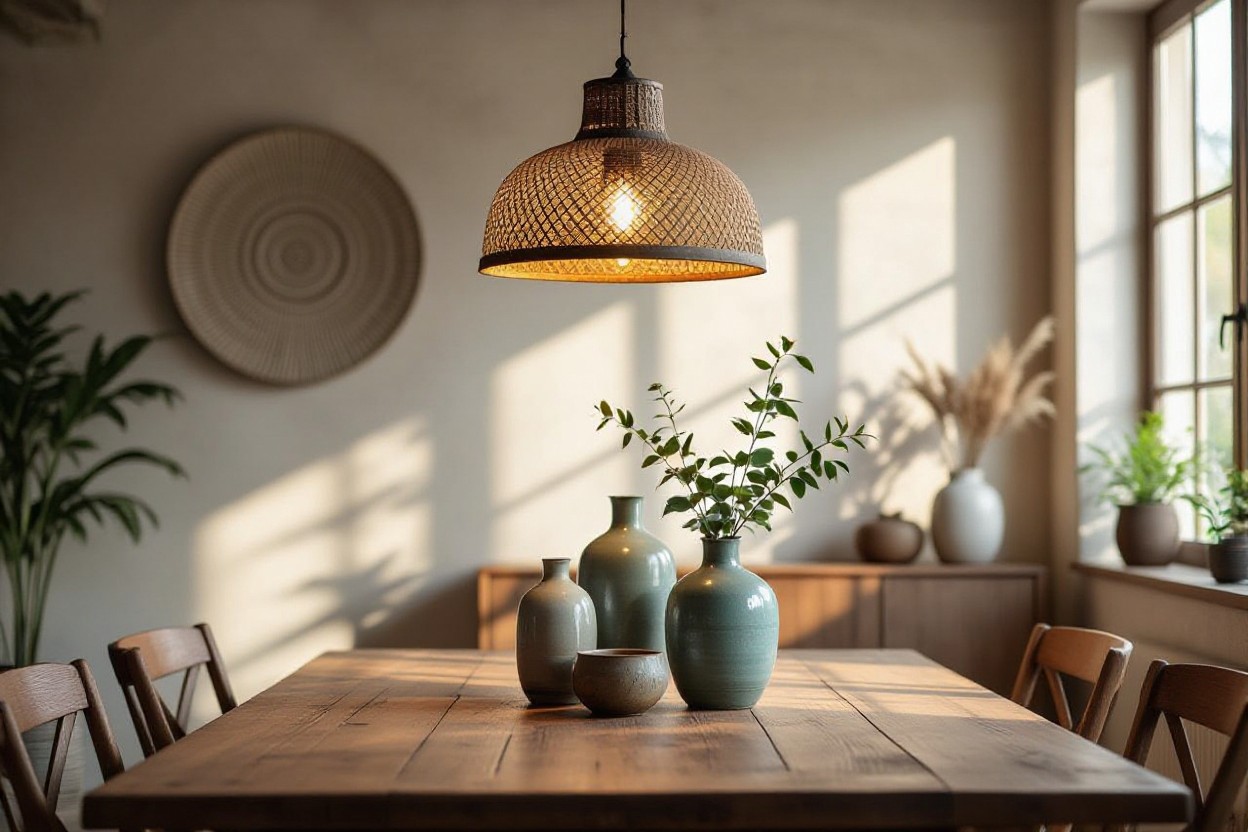
The Importance of Lighting: Artistic Home Accent Creations
Good lighting turns an accent from background detail into focal drama: aim for LEDs with CRI 90+ so colors stay true, 2700–3500K for warm-to-neutral tones, and 300–700 lumens per spotlight depending on size. Layer ambient, task, and accent lights with dimmers or smart controls so you can shift intensity for evenings or gatherings. You’ll notice textures, brushstrokes, and metallic sheens reveal themselves differently as you tweak angle and brightness.
Strategic Illumination: Highlighting Art with Precision
Use a 30° tilt for track or recessed spots to avoid glare and shadows; narrow beam angles of 10–25° suit small sculptures or photos, while 40–60° washes work for large canvases. Position fixtures 2–4 feet from the piece and choose 300–700 lumens depending on distance and surface reflectivity. You can retrofit adjustable LEDs into existing tracks to get museum-style emphasis without major rewiring.
Creating Mood: Choosing Fixtures that Complement
Pick fixtures that echo the piece’s scale and your room’s style: brass pendants or wall sconces soften vintage art, slim black track heads suit contemporary galleries, and a low-wattage floor lamp adds intimacy to textile accents. Favor warm 2700–3000K for cozy living areas and 3500–4000K for clean, modern palettes, and use dimming to shift from gallery-bright to relaxed evening glow.
For a practical setup, try pairing a 48-inch pendant (hung 30–36 inches above a console) with two 60–66 inch-high sconces flanking a painting; set sconces at about 30% power for ambient framing while the pendant provides a warmer wash. Swap a 6–9W LED (roughly 40–60W incandescent equivalent) with CRI 90+ for accurate color, and program scenes—daylight, entertaining, and movie modes—so your fixtures always complement the accent without manual fiddling.
Conclusion: Artistic Home Accent Creations
With these considerations, you can confidently design artistic home accent creations that reflect your style, highlight favorite spaces, and use color, texture, and scale to enhance mood. Trust your instincts, experiment with materials, and enjoy making your home uniquely yours.


















